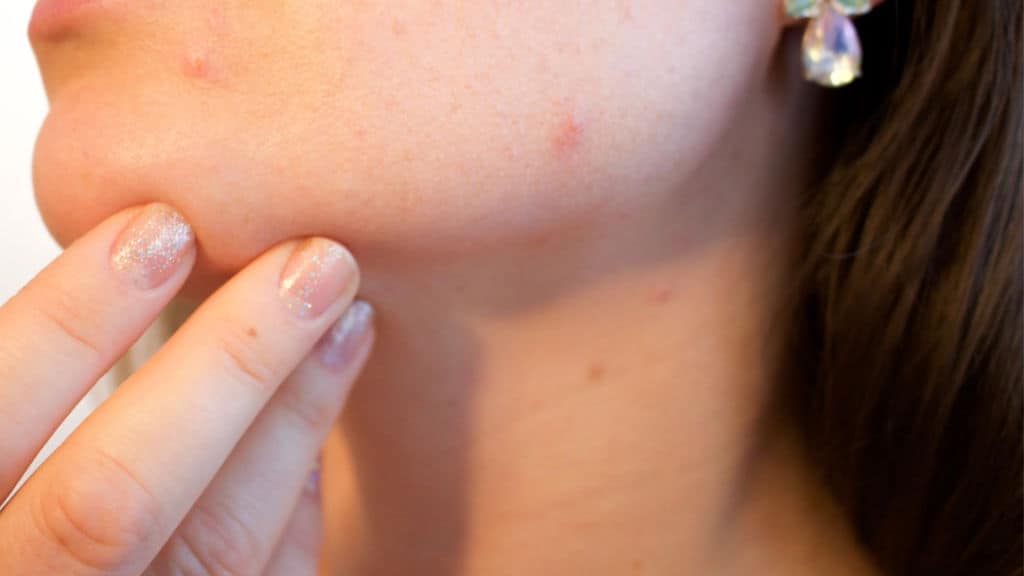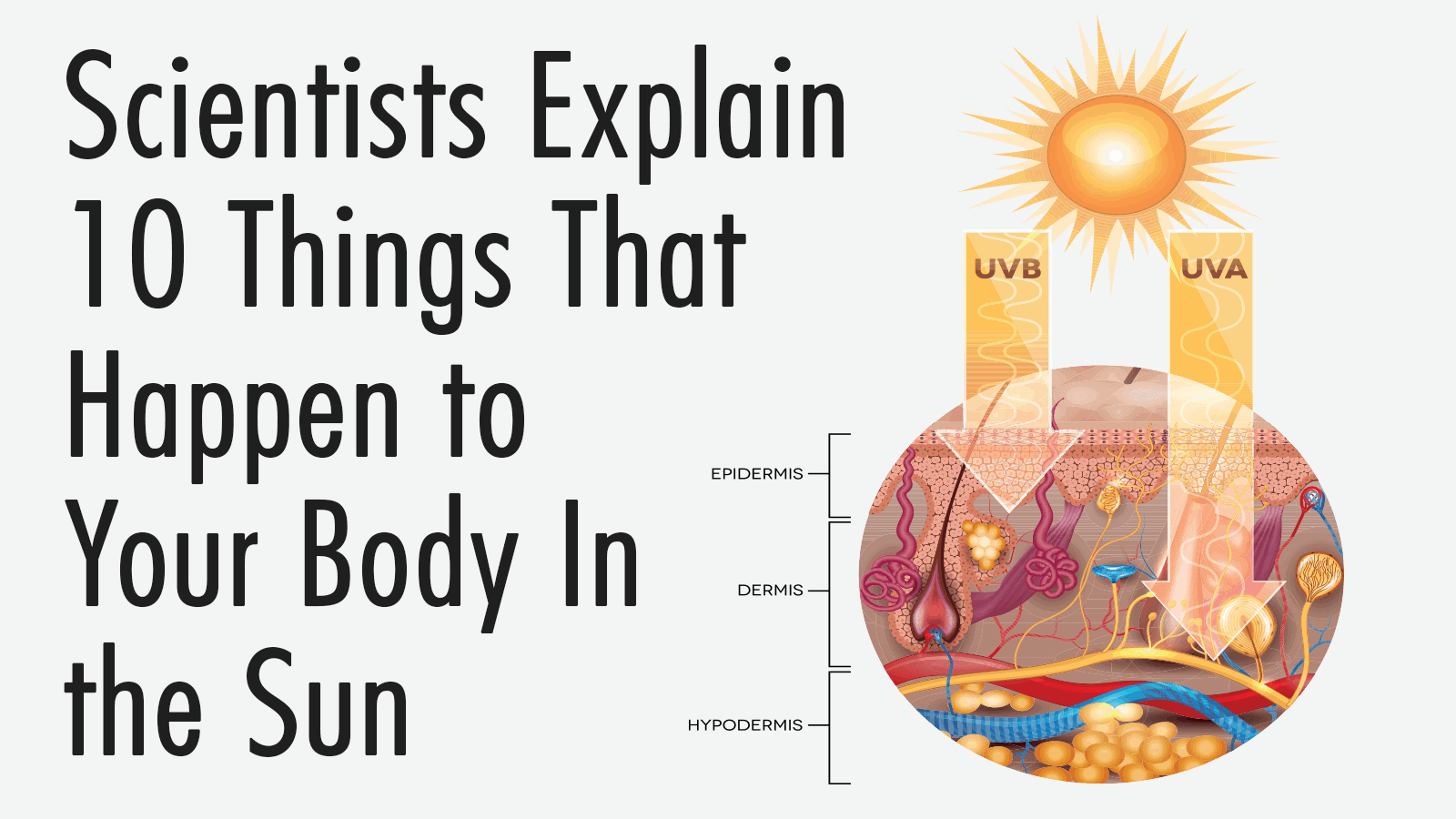For those who may not be familiar with hyperpigmentation, it is a condition that causes patches of skin to appear darker than other areas of your skin. There are 3 main types of hyperpigmentation, including age spots, melasma, and post-inflammatory hyperpigmentation. These all have different causes.
Also, treatment options can vary when it comes to resolving hyperpigmentation-related skin problems. Some of the more common treatments include creams and cosmetic procedures.
While hyperpigmentation-related skin problems are not life-threatening, they can be a source of insecurity for some people. It causes an unnatural skin appearance, which can become more pronounced with sun exposure.
In this article, we will take a look at the three different types of hyperpigmentation-related skin problems and five proven hyperpigmentation remedies.
TYPES OF HYPERPIGMENTATION-RELATED SKIN PROBLEMS
Because hyperpigmentation-related skin problems can be a byproduct of different things, let’s take a moment to detail the 3 most common forms of this skin condition:
Age spots:
Commonly referred to as liver spots or solar lentigines, age spots are a fairly common form of hyperpigmentation. They are characterized by dark spots that appear on parts of the skin regularly exposed to the sun such as the face, hands, shoulders, and arms, for example.
This condition is quite common amongst older adults, particularly those who spend a lot of time in the sun. Those who have a fair complexion will likely be more prone to this condition.
Melasma:
This hyperpigmentation-related skin problem is characterized by the formation of brown to gray-brown patches of skin. It primarily affects the face – namely the forehead, cheeks, and bridge of the nose. However, melasma can also occur on the forearms and other areas of the skin regularly exposed to sunlight.
It is also important to note that melasma is quite common amongst those with naturally darker skin, women who are pregnant, and women on birth control.
Post-inflammatory hyperpigmentation:
This hyperpigmentation-related skin problem is generally the byproduct of an injury or inflammation, which causes an increase in skin pigment production. This condition is especially common amongst those with acne, eczema, and psoriasis. However, it can also be a byproduct of burns and skin injuries as well. Post-inflammatory hyperpigmentation generally develops on the face or neck.
The reason for hyperpigmentation:
Regardless of the specific hyperpigmentation-related skin problem, the end result is the same in one sense; the skin produces more melanin than usual. Melanin is the pigment responsible for skin color.
This increased melanin production causes some patches of skin to grow noticeably darker when compared to other areas of the skin. Also worth noting, sun exposure can make hyperpigmentation-related skin problems worse. Why? It triggers an increase in melanin that makes age spots, melasma, and post-inflammatory hyperpigmentation even more pronounced.
MEDICATION ALLERGIES
Along with sun exposure, age, and underlying health conditions, hyperpigmentation-related skin problems can also be brought on by certain medications. Antimalarial drugs and tricyclic antidepressants, for example, may cause this condition.
In some cases, these medications can cause dark patches of skin to take on a grayish appearance. If you notice a change in your pigmentation as a result of taking these types of medications, speak with your physician. The same applies to over-the-counter topical treatments as they can cause similar skin reactions as well.
HEALTH PROBLEMS AND DISCOLORED SKIN
In addition to prescription and over-the-counter medications, certain illnesses like Addison’s disease and hemochromatosis can result in hyperpigmentation-related skin problems.
That said, let’s take a closer look at how these two diseases contribute to skin discoloration:
Addison’s disease – Because of the effect that Addison’s disease has on the adrenal glands, it can cause hyperpigmentation-related skin problems on various parts of the body, including:
- Knuckles
- Elbows
- Knees
- Toes
- Lips and inside of the cheek
- Certain folds of skin
It is important to note that skin discoloration is in addition to other physical symptoms commonly associated with Addison’s disease, which include weak muscles, fatigue, nausea, vomiting, diarrhea, vertigo, and weight loss.
While skin discoloration may not seem like a big deal in the grand scheme of things, it is still one of the many symptoms of the disease and certainly one worth noting.
Hemochromatosis – This genetically inherited disease is characterized by having excessive amounts of iron in the body. This not only causes all skin surfaces to appear tanned but also contributes to hyperpigmentation-related skin problems as well. It affects many of the same skin surfaces commonly associated with Addison’s disease.
Some of the more common symptoms of hemochromatosis include joint pain, stomach pain, chronic fatigue, and weight loss.
HOW ARE HYPERPIGMENTATION-RELATED SKIN PROBLEMS DIAGNOSED?
While signs of hyperpigmentation-related skin problems are obvious, it is still a good idea to be seen by a physician who can confirm the skin disorder. Additionally, your physician will be able to determine the etiology and also the specific type of hyperpigmentation-related skin problem that you are experiencing.
Most general physicians and dermatologists can identify the type of hyperpigmentation-related skin problem you have by just looking at your skin. However, in some cases, they may need to use a special light to make a more accurate diagnosis.
Also, your physician may perform additional tests to determine if an underlying health problem is contributing to the skin problem.
CAN HYPERPIGMENTATION-RELATED SKIN PROBLEMS BE PREVENTED?
While hyperpigmentation-skin problems do not pose a risk to one’s health, they are considered unsightly by most people. That said, there are things that you can do to prevent developing the skin condition in the first place:
Avoiding excessive sun exposure – Although sunlight is an excellent source of vitamin D, too much sunlight exposure can cause hyperpigmentation-skin problems or make the condition worse if it already exists. Of course, if you choose to bask in the sunshine, you should use sunscreen to protect your skin. Preferably, choose a sunscreen that has an SPF of 30 or higher.
Do not pick at your skin – To avoid hyperpigmentation-skin problems or to keep the skin condition from getting worse, avoid picking at acne and other scars on your skin.
5 COMMON HYPERPIGMENTATION REMEDIES
If you have developed hyperpigmentation-skin problems, there are cosmetic procedures and at-home treatments that can help minimize the appearance of dark patches of skin or even eliminate them entirely.
Some of the more common treatments include:
1. Aloe Vera
This species of succulent plants contain aloesin, a compound proven to lighten the dark patches of skin synonymous with hyperpigmentation-skin problems. According to a 2018 study published by the National Institute of Health, the aloesin compound in the Aloe Vera plant impedes the production of melanin in the skin. This can make pigmentation problems worse.
2. Green tea
Because of its antioxidant and anti-inflammatory properties, green tea extract can go a long way toward preventing and also treating hyperpigmentation-skin problems.
3. Licorice
Similar to Aloe Vera, licorice extracts contain antioxidant and anti-inflammatory properties that can help prevent and treat hyperpigmentation-skin problems. Additionally, licorice extracts also contain glabridin. This compound can block pigment production and also help lighten dark patches of skin if discoloration has already occurred.
4. Non-prescription retinoid skin creams
Most retinoid-based creams are effective in reducing the appearance of dark patches of skin caused by hyperpigmentation-skin problems. Beyond that, the vitamin A in these products can help reduce the appearance of fine lines and wrinkles as well as other skin imperfections.
Along with retinoid, topical treatments that contain azelaic acid, kojic acid, corticosteroids, and vitamin C prove effective in treating hyperpigmentation-skin problems.
5. Seeking medical treatment
Although the at-home treatments detailed in this article are effective, they may not work for everyone. As such, some people may need to schedule an appointment with a physician or dermatologist to explore other treatment options. Some of the cosmetic procedures used to treat hyperpigmentation-skin problems include intense pulsed light therapy, laser therapy, microdermabrasion, and chemical peels.
CLOSING THOUGHTS ON HYPERPIGMENTATION OF THE SKIN
Generally speaking, the severity of your skin discoloration will determine what treatment will work best for you. In some cases, physicians may recommend combining these treatments with some of the at-home hyperpigmentation remedies detailed in this article for best results.
In summation, there are a variety of treatments available for those with hyperpigmentation-skin problems. Fortunately, the condition does not jeopardize your health in any way. However, if your skin discoloration is a byproduct of an underlying health problem, you should see a physician as soon as possible.


















